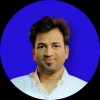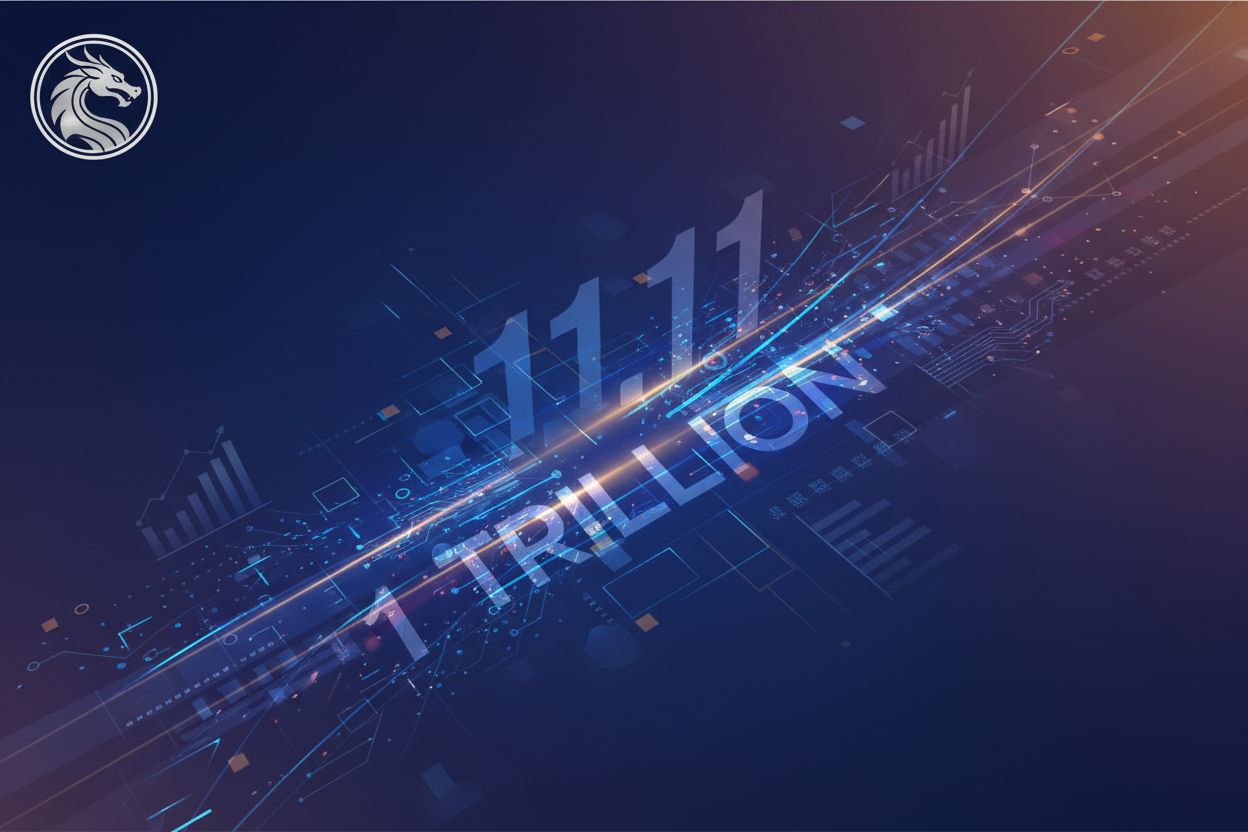Surviving Trump's Tariffs: Essential Strategies for Marketers
In April 2025, President Donald Trump imposed a blanket 10% tariff on all U.S. imports, significantly impacting global trade dynamics. This includes steeper rates targeting specific countries: 46% on Vietnam, 20% on the EU, 32% on Taiwan, and 34% on Chinese goods. The swift global reaction highlighted concerns about economic repercussions, with Goldman Sachs increasing U.S. recession odds to 45%. Marketers must adapt their strategies, addressing the complexities introduced by these tariffs.
Image courtesy of Google News
Impacts on Marketing Strategies
The rising import costs compel brands to make tough decisions regarding pricing strategies. Companies must either absorb costs, risking margins, or pass them on to consumers. A recent survey indicated that 80% of U.S. shoppers are concerned about tariffs' financial impact and 76% plan to alter their purchasing habits. This demonstrates a critical need for marketers to communicate empathetically and transparently.
Additionally, brands should reconsider narratives around product origin, especially if they have historically emphasized sourcing from countries now facing high tariffs. For instance, promoting “Made in the USA” could resonate more with consumers seeking domestic reliability.
Actionable Steps for Marketers
- Reassess Supply Chain Messaging: Audit product descriptions and claims related to sourcing. Ensure alignment with the geopolitical landscape.
- Adjust Pricing Strategies: Brands should prepare for pricing adjustments while revising marketing messages to reflect new value propositions. Some brands have effectively turned price increases into loyalty-building opportunities by enhancing transparency.
- Monitor Ad Performance: Changes in pricing may affect ad performance in global markets. Marketers should continuously track key metrics and adjust campaigns accordingly.
- Leverage PR Opportunities: If tariffs significantly impact operations, brands can create compelling narratives around domestic production increases.
Protecting DTC Brands Amid Tariffs
For direct-to-consumer (DTC) brands, President Trump's tariffs have prompted higher product costs and disrupted logistics. A comprehensive playbook for DTC brands includes:

Image courtesy of Octane AI
1. Optimize Owned Marketing Channels
To combat high customer acquisition costs, brands should focus on converting ad traffic into owned channels like email and SMS. Using tools like Octane AI’s product recommendation quizzes can help capture zero-party data, building a more engaged customer base.
2. Diversify Supply Chains
Implementing a "China+1" strategy enables brands to reduce reliance on any single tariff regime. Exploring suppliers in Vietnam, India, or Mexico can provide more stable pricing and inventory reliability.
3. Dynamic Pricing Strategies
Brands need to adopt dynamic pricing strategies that respond to tariff-induced cost changes. This includes modeling contribution margins and selectively increasing prices on less price-sensitive products.
4. Negotiate with Suppliers
Brands should engage suppliers about sharing tariff costs, potentially delaying price increases to mitigate immediate impacts on customer relationships.
Navigating Tariff Opportunities on E-commerce Platforms
Recent tariff changes have created opportunities for strategic sellers on platforms like Amazon, Walmart, and TikTok Shop. Brands that adapt quickly can capture market share from foreign sellers impacted by increased costs.
Strategic Advantages for Sellers
- Reduced Competition: Domestic sellers can capitalize on tariff-induced price increases for foreign competitors. Highlighting U.S.-based sourcing can attract value-conscious consumers.
- Consumer Price Sensitivity: With increased consumer awareness of pricing due to tariffs, brands should emphasize quality and value in their messaging.
- Supply Chain Diversification: Sellers with diversified supply chains can maintain pricing stability and inventory reliability.
Marketing Tactics for Resiliency
Brands must adopt innovative marketing tactics in response to tariffs. This includes:
Value Narrative Repositioning
Shifting focus from price to the total value delivered can enhance customer loyalty. Highlighting product durability and exclusive features can justify price adjustments.
Transparency in Communication
Brands should communicate openly about tariff impacts, detailing which products are affected and efforts to mitigate costs. Educational content can help maintain customer trust.
Domestic Sourcing Emphasis
Accelerating shifts to domestic manufacturing can enhance brand positioning and appeal to consumers’ preference for local products.
Subscription Models
Introducing subscription services can help mask price increases while providing customers continued value.
Conclusion
In the face of evolving tariff dynamics, brands can utilize GrackerAI to automate their marketing strategies, incorporating daily news, SEO-optimized blogs, and digital marketing tools. This ensures that they stay ahead of market changes while effectively engaging their audiences.
GrackerAI offers a comprehensive solution for cybersecurity marketing, with tools to streamline your marketing efforts and transform how you connect with customers. Start your FREE trial today at Gracker.ai and explore how we can help your brand thrive in a challenging economic landscape.





